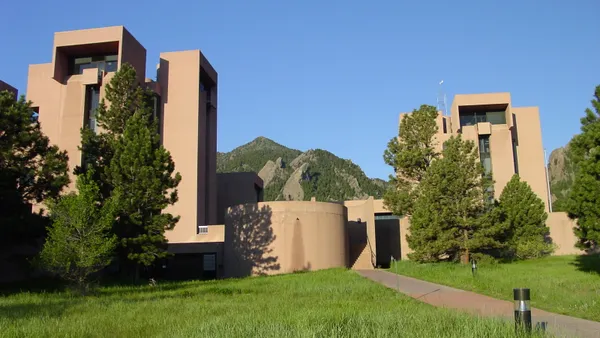Dive Brief:
-
U.S. cities have experienced an uneven or "rollercoaster" decade of population growth despite early projections that the 2010s would be momentous for growth, according to an analysis of new U.S. Census Bureau data by the Brookings Institution.
-
Many cities experienced a spike in population growth during the first part of the decade, but have since seen a decline. The 10 cities with populations greater than 1 million exceeded a 1% growth rate during the first five years of the decade, with the exception of New York, Chicago and Philadelphia. But over the last year, only two of those cities — Phoenix and San Antonio — have experienced growth rates higher than 1%, with New York, Chicago and San Jose, CA experiencing negative growth.
-
The decade also witnessed a shift from city to suburban-led population growth, according to the report. The first five years of the decade saw more growth in city populations, but the suburbs have dominated that growth for the remainder of the decade within the country’s largest 53 metro areas.
Dive Insight:
The 2010s were projected to be the "decade of big city growth." But the new U.S. Census Bureau data paints a different picture, which is compounded by an uncertain future as the new coronavirus (COVID-19) upends urban migration patterns.
The data shows many differences among cities’ highest growth levels. The peak growth levels in Phoenix, Houston, San Antonio, Dallas, San Diego, San Jose, CA and Los Angeles, for example, exceeded New York, Chicago and Philadelphia. But each of those cities, with the exception of Phoenix, witnessed a decline in population growth trends over the past three years.
Of the cities that saw population losses since 2010, only seven of those cities had declining populations from 2010 to 2013. But over the past three years, 20 of those cities have seen declining populations, with New York taking the lead each year for "numeric population losses."
Suburban migration patterns also vary depending on the region. In New York City, urban growth was more than twice the area's suburban growth for the first half of the decade. But the second half of the decade has seen the city losing residents at a higher rate than the suburbs.
These trends can be attributed to a number of factors, according to the report. Recovery from the 2008 recession is one such factor, as employment prospects improved in "more modest-sized metro areas," causing some people to move away from larger metro areas. A recovering housing market also caused some millennials to move from cities to the suburbs in the first part of the decade.
"In retrospect, some of the 'return to the city' movement was spurred by the economic difficulties millennials faced as they came of age during and after the Great Recession and housing bust," William Frey, report author and senior fellow of the Metropolitan Policy Program, wrote in the report.
Both Gen Z and millennials — recently dubbed "the unluckiest generation" in respect to economic odds — could soon be headed to cities in larger numbers due to COVID-19. Big cities saw their most significant growth following the down turn of the Great Recession, according to Frey, potentially signaling that young adults could migrate toward big cities as the economy recovers from the pandemic.
However, Moody's Analytics recently released a report finding that the pandemic could result in more people moving away from those powerhouse cities, toward smaller college towns like Madison, WI and Durham, NC.
"The generation growing up today may remember the impact of the COVID-19 pandemic and be more likely to opt to live in less densely packed places," Moody's Analytics report author Adam Kamins wrote.
To retain residents, cities need to focus on building feelings of community attachment and connection among residents, according to a recent Urban Institute report.
"COVID-19 is causing us to rethink the future of our communities," Knight Foundation Chief Program Officer and SVP Sam Gill said in a statement. "People are reevaluating what matters to them. In some cases, the pandemic has left us yearning for the parks and gathering spaces we are now denied. In other cases, it's leading us to ask how people can safely come together and connect."
Boosting time spent in the city center, improving quality of life and paying attention to racial inequalities — something that will likely take on a renewed sense of focus and urgency following current demonstrations in cities across the country — are three ways cities can help build those connections, according to the Urban Institute report.













